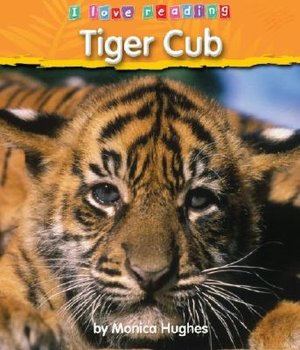Please note: This is an expanded post of the original which I posted at Start Well Home School on November 18, 2009. Since that time we have read more titles from this series with a growing love for them.
One of the very first recommendations I received from a veteran home educator was to read titles from the Childhood of Famous Americans series to my children. WOW! What a find! These books have engaged my children since the early 1990's. The flame was recently rekindled as my younger children took an interest in the bright red, white and blue covers gracing our shelves. We have been eagerly reading about the childhood lives of famous Americans, learning some very interesting lesser-known facts about people we have come to admire.
Recent notes: These books are fictionalized, though we have found them to contain accurate information about the childhoods of these famous Americans. I think my children find them inviting because of their focus on the childhood life of people they know only as adults.
Each book is packed with noteworthy experiences, personality traits, and adventure
 s about the girl or boy who eventually grew up to be the inventor, scientist, statesman, president, educator, or explorer we knew only as an adult. The books bring the young person to life, incorporating events to which a child reader can relate. We have found ourselves mindful of the childhood experiences and personal gifts which eventually contributed to the famous American's greatness. By the end of each book, the reader is left with the desire to find out what happened next, a perfect lead to further study.
s about the girl or boy who eventually grew up to be the inventor, scientist, statesman, president, educator, or explorer we knew only as an adult. The books bring the young person to life, incorporating events to which a child reader can relate. We have found ourselves mindful of the childhood experiences and personal gifts which eventually contributed to the famous American's greatness. By the end of each book, the reader is left with the desire to find out what happened next, a perfect lead to further study.The Childhood of Famous Americans (COFA) series, praised by parents, teachers, and librarians for over 65 years, was first introduced to the public in the 1940s and continued to be printed into the 1960s by Bobbs-Merrill. Originally printed in hardback form, these fictionalized biographies (suitable for independent readers third grade and up or to be read aloud to any age) became instant favorites and were reintroduced in an infamous red, white and blue paperback form in the 1980s.
 Recent notes: We especially like the original hardcover books. Though these are out of print, they can be found online or in used bookstore. Great finds! With over 170 COFAs to choose from, there is sure to be one to be woven into any study.
Recent notes: We especially like the original hardcover books. Though these are out of print, they can be found online or in used bookstore. Great finds! With over 170 COFAs to choose from, there is sure to be one to be woven into any study.A list of COFAs can be found at Valerie's Living Books.
You can find some here.
If you need a visual (like me) so you can spot them at a sale quickly, take a look here.
 In recent years, several publishers are working to bring the once-out-of-print-titles back to life. A great endeavor, however in the process some of the books have undergone editing and rewording. One publisher, Patria Press, began reprinting the stories in 2002, renaming the series Young Patriots. Find out more about the titles they have reprinted at http://www.patriapress.com/.
In recent years, several publishers are working to bring the once-out-of-print-titles back to life. A great endeavor, however in the process some of the books have undergone editing and rewording. One publisher, Patria Press, began reprinting the stories in 2002, renaming the series Young Patriots. Find out more about the titles they have reprinted at http://www.patriapress.com/.Whenever we begin new unit of study or a new period of American history we try to find a COFA title to personalize our learning. Visit http://www.redshift.com/~bonajo/COFA.htm for a listing of all the titles arranged by era.
The hardcover originals are, of course, our favorite because of their old, authentic feel and larger font. Now considered vintage books, they can be difficult to find. If we cannot get our eyes and hands on these treasures, we look for the well-known red, white and blue covers.

Want to learn more about the heroes and heroines who shaped our country? Find a COFA title and relax on a comfy couch. You and your children will discover inspiring details from the lives of the men and women whom we often know only through their adult accomplishments.





























